
Lima Paracas Huacachina Canyon of the Lost Arequipa Colca Canyon Cusco Machu Picchu Cusco surroundings Off the beaten path
Are you planning a trip to Peru? Here is a full travel guide with all the information you need.
For a full 3 week trip to Peru, this itinerary is perfect for a complete exploration with cities, astonishing nature and immerse in the culture.
Lima: the starting point of any Peru trip is Lima. Stay here for 2 days to get settled. Get a hotel in Miraflores and explore the area easily on foot. Take a local bus or Uber to the historic district to absorb the history and liveliness of the city.
Paracas: lots of travelers skip Paracas on their Peru trip which is a shame. The town is mostly known for the boat ride to Islas Ballestas (the poor man’s Galapagos islands). My favorite part of Paracas was driving through the National Reserve by rented moped.
Huacachina: go on a buggy and sandboarding ride around sunset for loads of fun in this small desert. When you have an extra day, take the day tour to the Canyon of the Lost.
Arequipa: the second largest city of Peru, stroll around the city and absorb the relaxed vibes, definitely see the Santa Catalina monastery and travel from here to Colca Canyon.
Chivay / Colca Canyon: visit Colca Canyon from either a day trip from Arequipa or take the minibus to Chivay if you want to do the 2-3 day hike.
Cusco: arriving at Cusco needs some adaptation to the altitude of 3400 meters. Although Cusco is the base to visit all the beauties around, don’t overlook the city itself as it has plenty to offer.
Machu Picchu: ride the train to Aguas Calientes and immerse fully into the Inka culture at Machu Picchu. Behold one of the 7 wonders of the world.
Explore the area around Cusco: it’s definitely worth it to plan extra days in Cusco when visiting Peru. The surroundings of Cusco must have been the most beautiful of my trip. Go to the Sacred valley, Rainbow mountain and Humantay lake.
Get off the beaten path by motorcycle: if you’re into a bit more adventure and would like to explore Peru outside of the tourist areas? Rent a motorcycle and drive the 4 day loop from Cusco – Ollantaytambo – Quillabamba – Lares – Cusco. This will take you across breathtaking mountain passes, but also gravel roads and a true local experience.
In Peru I used various forms of transportation to get around, all of them for its own purpose.
Bus
The Cruz del Sur bus is perfect for various routes in Peru. I loved how comfortable, spacious, but also very well organized this bus is. They always departed exactly on the scheduled time. For the night bus, select the full-cama 180° reclined seats that will let you lay fully flat. I’m not a big fan of long bus rides, but vouch for this one. You can simply buy your ticket online and select your favorite seat.
Routes with Cruz del Sur bus:
Lima – Paracas: 3.5 hours
Paracas – Ica (Huacachina): 1 hour
Ica – Arequipa: 11 hour night bus
Another bus company I haven’t used myself, but is doing great marketing is Peru Hop. I found them a bit overpriced and the Cruz del Sur bus seemed more comfortable, especially when selecting the 160° and 180° seats which only have 3 seats per row. Where the Peru Hop seems more of a regular bus with 4 seats.
Airplane
From Arequipa to Cusco and Cusco to La Paz (Bolivia) I opted for the airplane. The flights were approximately €70 versus a €20 12 hour bus ride. An easy choice if you ask me.
Trustworthy airlines are LATAM and Avianca.
Train
The only option to visit Machu Picchu is by train to Aguas Calientes. The train isn’t cheap compared to the buses in Peru, and cost me a bit over €100 round trip. In the train you do have a nice view of the surroundings though.
The two train operators to Aguas Calientes are PeruRail and IncaRail. I used PeruRail but both companies offer similar options.
Renting a moped / motorcycle
On two occasions I rented my own set of wheels. When I wanted to explore the surrounding area without going on a tour, renting my own moped or motorcycle gives complete freedom.
When booking accommodations I find it important to balance affordability and comfortability. In Peru my average budget for a private double room was €30 per night.
Be aware that hotels in Peru and all of South America usually don’t have heaters. I suggest booking an accommodation with a heater when staying at high altitude places such as Cusco. And also treat yourself to a proper hot shower by picking a place which has gas powered (not electric) hot water.
This is a list of some of the accommodations I stayed at and recommend while traveling through Peru:
Lima: Hotel Boulevard. A comfortable hotel with spacious rooms and even a rooftop pool in the heart of Miraflores.
Paracas: SGH Paracas Hospedaje. A very affordable hostel with private rooms within walking distance of the Cruz del Sur bus terminal. A perfect location in front of the pier and they can help you out with booking tours or anything.
Huacachina: Hospedaje Claudia. A comfortable and affordable place for its prime location.
Arequipa: Hotel Tito. This hotel is in the old city center with immaculate rooms and helpful staff.
Cusco: Picol Hostal. My favorite hotel in Peru. This “hostel” consists of a few private rooms, they’re cozy but have everything you need: a proper heater that warms the room instantly, good hot shower, great breakfast and the best staff.
The only ATM that doesn’t have a withdrawal fee in Peru is Banco de la Nación. I only used this bank to withdraw cash. The downside is a maximum withdrawal amount of s/400 (€100) but in Peru that will get you a long way. Banco de la Nación also has a limit of one transaction per day. When in larger cities, be sure the withdraw enough cash, as the smaller towns don’t always have an ATM available.
Bring a hot water bottle in winter
If you’re traveling to Peru in the winter months like June, July and August, it can get cold at night. Most hotels have no heater, and those that do hardly give any warmth. I bought a hot water bottle (bolsa de agua caliente) at a pharmacy in Lima to keep me warm during the night. Every place I stayed at was more than happy to boil water for me. It’s also a small flat item that can easily be added to your luggage.
Get the rabies vaccination
There are a lot, and I mean a lot of stray dogs in South America. Unfortunately I was also bitten by a dog while driving my rented motorcycle on a rural mountain pass. I was lucky I was already vaccinated, and that now I only needed 2 additional shots. If I wasn’t already vaccinated I had to go through 5 shots at very particular timing throughout the next month, which is quite the hassle when traveling from one place to the other.
Before arriving in Peru I purchased an eSIM through Airalo. The eSIM is $32 for 5GB of data and valid for 30 days. Although in the end the 5GB was sufficient to last me throughout my 26 day stay in Peru, I was always very aware not to use too much data. The eSIM has a few pros such as immediate data upon arrival and it is just a very easy process to install and activate. The Airalo eSIM uses Movistar which is the second best provider when it comes to coverage.
If you go for a local sim card, Claro is the provider with the best coverage. It seems that buying the Claro sim at Lima airport is far overpriced, so get to an official retailer downtown for the best deal.
The spoken language in Peru is Spanish. Is it necessary to speak Spanish when traveling to Peru? Short answer: No, it’s not. But a basic understanding does make it a bit easier. Locals do appreciate if you try glueing words together, and they will go out of their way to make you understand them in Spanish. When absolutely needed, Google Translate is great, and definitely download the offline language packs too.
Although I’m a big fan of Google Maps, unfortunately it’s not always as trustworthy in foreign countries, as it did send me on a rocky walking trail when I was riding a motorcycle. Also beware that the cell service in rural areas isn’t the best, therefore always download the offline version of Google Maps, and I suggest using maps.me as second map too.

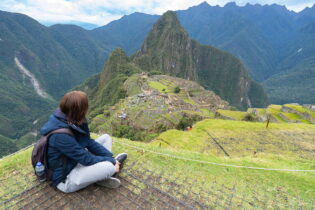

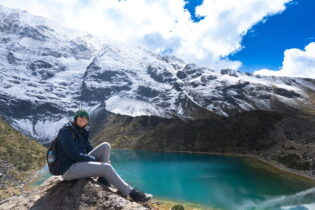
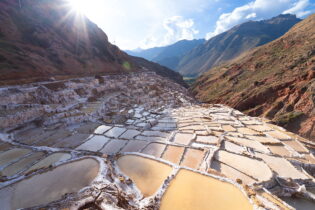
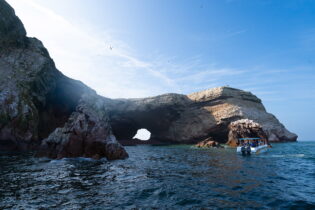


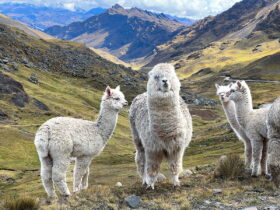
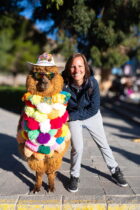
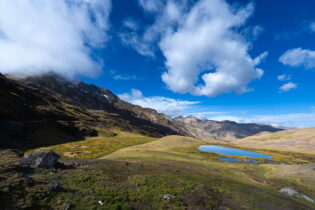
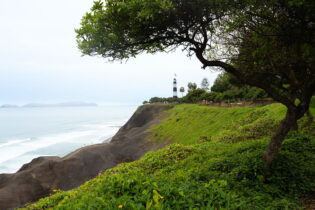
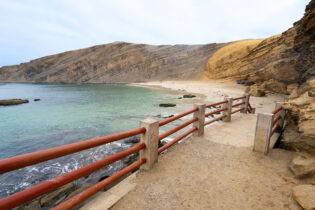

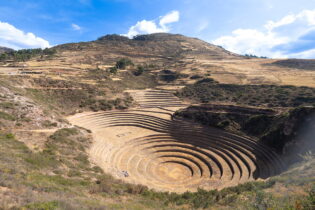
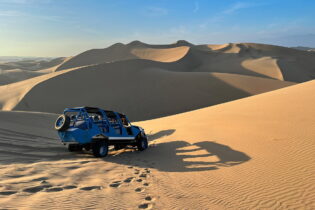
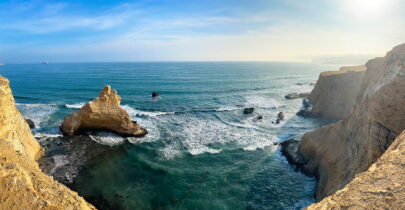
















Goed en duidelijke geschreven een mooie gids geworden